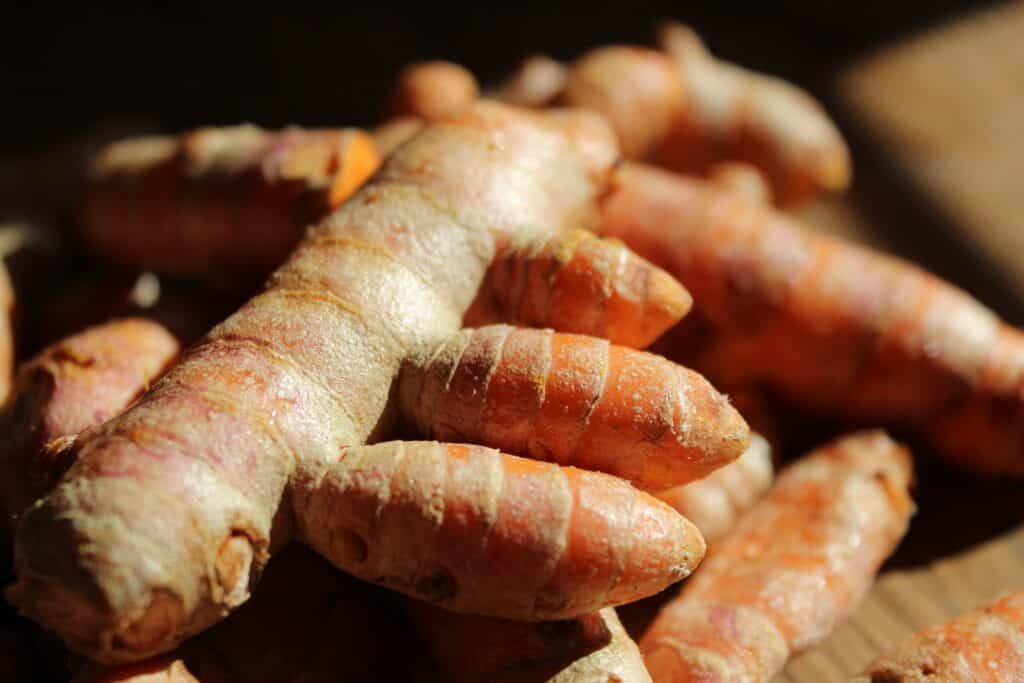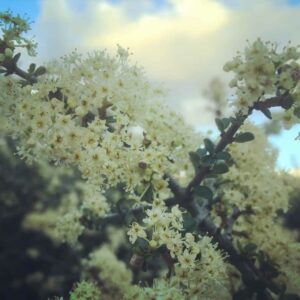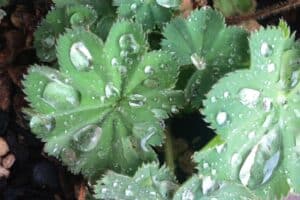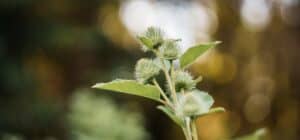Let’s face it, pain really sucks!! It can completely dominate your consciousness, blurring out everything else until it becomes your sole focal point, making life a bit more difficult to simply live your life.
A lot of folks think that herbs don’t really work that well for pain. That the only things that really work are the heavier hitting pharmaceutical drugs (which are essentially opiates) or even the OTC anti-inflammatories like Ibuprofen or Aspirin.
But the truth is that our herbal medicines can do much more than any of these pills can.
The thing about the drugs is that they only do 1 thing- albeit quite strongly- but they are limited in their action. Our plants on the other hand, and especially when strategically formulated, can have a much broader spectrum of action and thus address multiple facets of the pain complex.
You can be in pain for a wide variety of reasons. There’s the inflammation part of course, but there’s also specific kinds of pain associated with irritation of the nerves, swellings, or spasm of the musculoskeletal system. Rather than just deaden our senses or make us so stoned that we just don’t care about the pain or it feels far away, our plants have the ability to work on multiple angles of pain that is much more holistic than a single (highly addictive) pill is.
So we have some general categories of herbal actions that are good to consider for addressing someone in pain. In general the primary action associated with pain is anodyne, which is essentially anything that relieves pain. This- like many other herbal actions- is pretty vague and doesn’t get very specific. I mean Turmeric and Black Cohosh can both be anodyne, but they do so in very different ways. So I like to break down the category into some more specific sub-actions to help differentiate our anodyne materia medica so you can select the ones that are most fitting (usually a formula of them is a good approach).
- Anti-Spasmodic: relaxes spasm and eases tension in the smooth and skeletal muscles. Examples here include: Black Cohosh (Cimicifuga racemosa), Lobelia (Lobelia inflata), Wild Yam (Dioscorea villosa), Crampbark (Viburnum opulus), and Black Haw (Viburnum prunifolium).
- Inflammation Modulating: helps to gently dampen down overly active inflammation pathways. These are not technically “anti-inflammatory” as they don’t shut down the inflammatory pathways like drugs do. Good examples here are: Turmeric (Curcuma longa), Licorice (Glycyrrhiza glabra), Nettle leaf (Urtica dioica), Willow (Salix alba), Yarrow (Achillea millefolium), and Chamomile (Matricaria recutita). There are many, many others.
- N
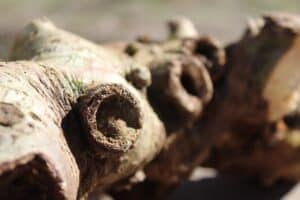 ervine Hypnotic: these would be strong depressants to the nervous system helping to relax, calm, and sedate consciousness. Many help to numb pain and most are also anti-spasmodic. My top 4 are: California Poppy (Eschscholzia californica), Pedicularis aka American Betony (Pedicular spp.), Wild Lettuce (Lactuca virosa), and Jamaican Dogwood (Piscidia erythrina). My other faves includes: Valerian (Valeriana sitchensis)- this wild species is much stronger than the cultivated variety V. officinalis, Hops (Humulus lupulus), Kava-Kava (Piper methysticum), and Skullcap (Scutellaria lateriflora) best as a strong infusion or powder.
ervine Hypnotic: these would be strong depressants to the nervous system helping to relax, calm, and sedate consciousness. Many help to numb pain and most are also anti-spasmodic. My top 4 are: California Poppy (Eschscholzia californica), Pedicularis aka American Betony (Pedicular spp.), Wild Lettuce (Lactuca virosa), and Jamaican Dogwood (Piscidia erythrina). My other faves includes: Valerian (Valeriana sitchensis)- this wild species is much stronger than the cultivated variety V. officinalis, Hops (Humulus lupulus), Kava-Kava (Piper methysticum), and Skullcap (Scutellaria lateriflora) best as a strong infusion or powder.
- Nervine Anodyne: these would be 3 specific remedies for nerve pain, like toothaches or sharp shooting pains that traverse a specific pathway: St. John’s Wort (Hypericum perforatum), Kava-Kava (Piper methysticum), and Prickly Ash (Zanthoxylum clava-herculitis). We could also put Spilanthes aka Toothache plant here (Spilanthes oleracea) as a specific for dental pain which is typically nerve pain.
- Circulatory Stimulants: these help to increase circulation of blood to the local area, detoxifying cellular debris and bringing fresh oxygenated blood to the area. My top ones here would be: Cayenne (Capsicum annuum), Ginger (Zingiber officinale), Prickly Ash (Zanthoxylum clava-herculitis) and Rosemary (Rosmarinus officinalis).
- Diuretics: this would herbs to help drain damp accumulation from tissues which can potentially promote a certain pressurized pain, especially in the joints. Good examples here classically used for pain would include: Nettle leaf (Urtica dioica), Celery seed (Apium graveolens), Horsetail (Equisetum arvense), Gravelroot (Eupatorium purpureum), and Juniper (Juniperus communis).
- Connective Tissue Tonics: here are some herbs that we use to strengthen up the connective tissues over time, including tendons, ligaments, and cartilage, as well as bone (for some remedies). The ones I have the most experience with are: Solomon’s Seal (Polygonatum spp.), Horsetail (Equisetum arvense), Gotu Kola (Centella asiatica), and Boneset (Eupatorium perfoliatum).
So if you think of the range of possibilities for putting together an herbal formula with spectrum of these types of herbs, you can do so much more than those little pills!
An example of a starting place for a formula could look something like this (this is actually what I’ve used when I threw my back out recently)
- Wild Lettuce (Lactuca scariola) 20%
- California Poppy (Eschscholzia californica) 20%
- Jamaican Dogwood (Piscidia erythrina) 20%
- Pedicularis (Pedicularis densiflora) 15%
- Turmeric (Curcuma longa) 10%
- Licorice (Glycyrrhiza glabra) 10%
- Lobelia (Lobelia inflata) 5%
I was using about 1 tsp every few hours when the pain was at level 8 out of 10. The trick, especially with the stronger nervines, is that you honestly have to take a decent amount of the herbs for them to really kick. IE you should start to feel pretty loose both physiologically and psychologically- though nowhere near any of the prescription drugs will take you!
Have you ever used herbs for pain? What are your favorites? I’d love to hear about it, so post in the comments sections below!!


